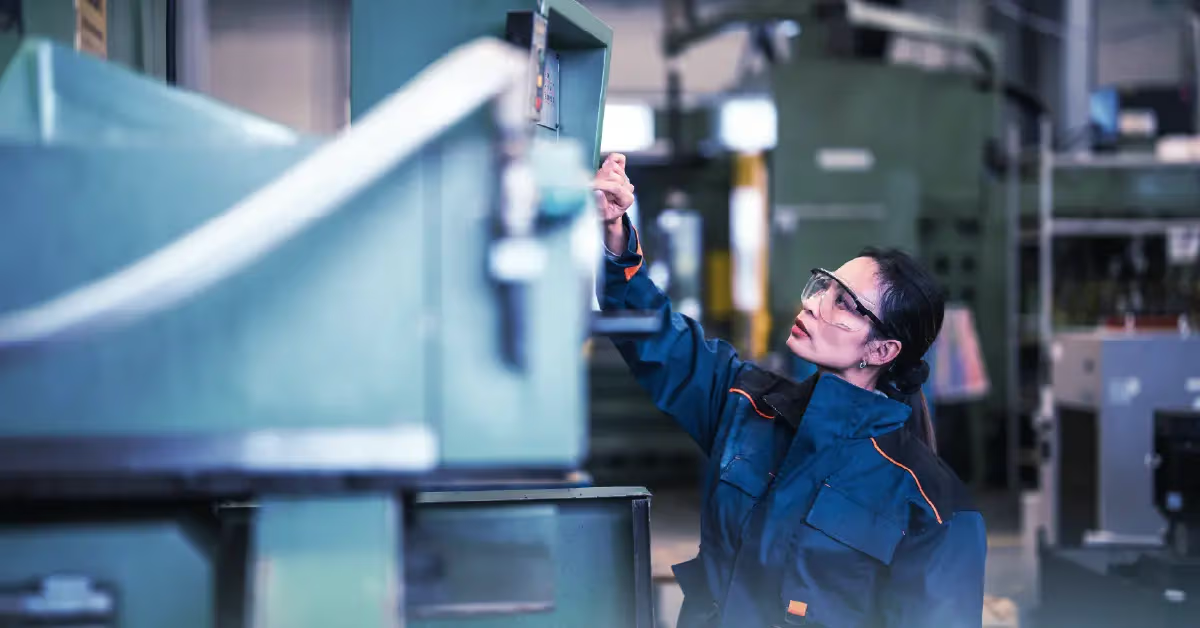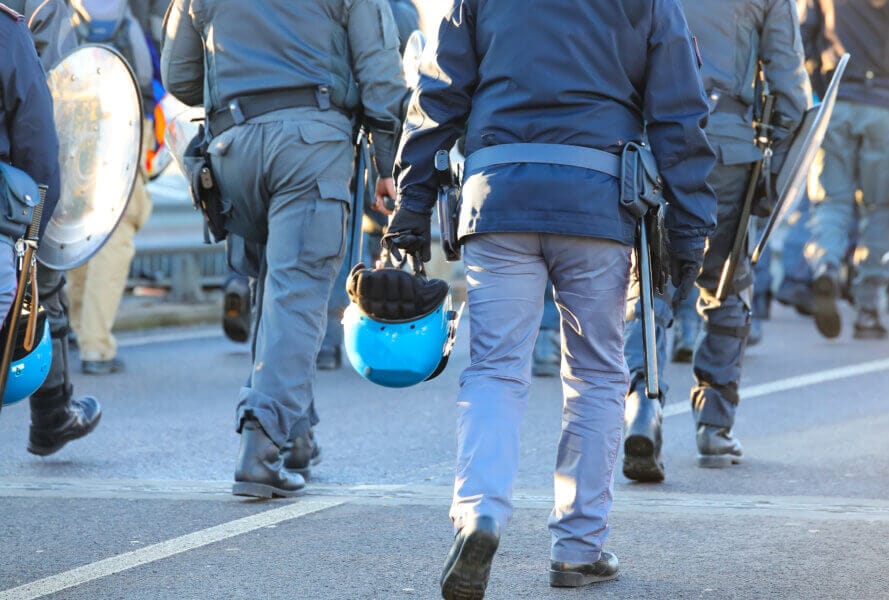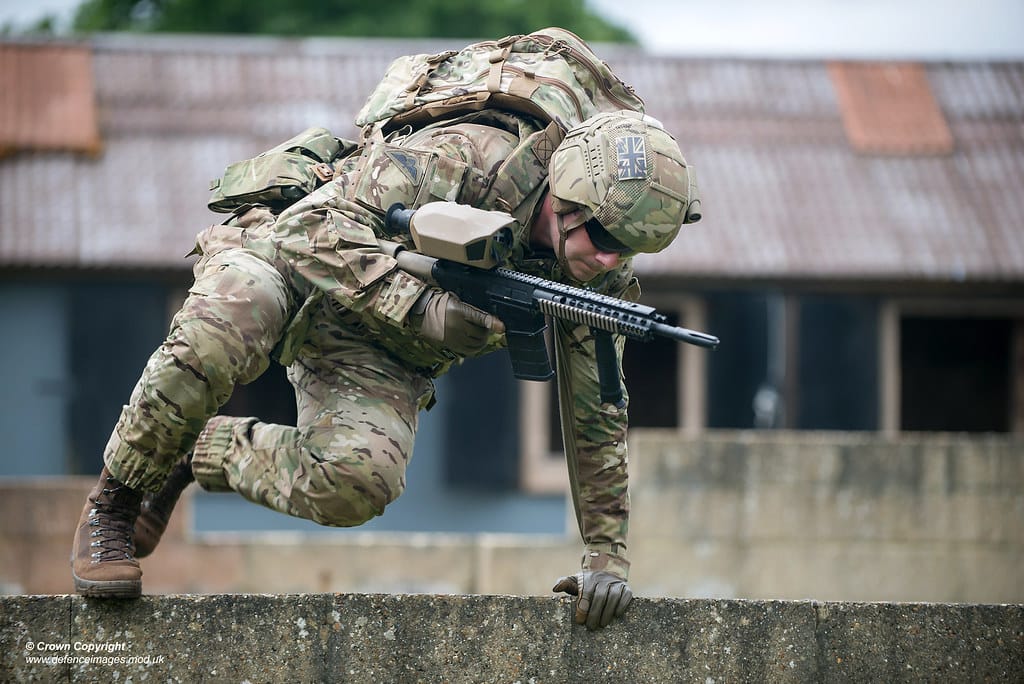
Not long ago, I got a message from a buyer in the U.S. asking, “Zion, we’ve got respiratory gear covered, but what about the rest? What’s the best PPE for physical work hazards?” That’s a great question—because PPE doesn’t begin and end with masks. In many industries, the real threats aren’t just in the air—they’re on the ground, in the tools, in the chemicals, or just a bad fall waiting to happen.
Non-respiratory PPE refers to protective equipment that doesn’t involve breathing protection. It includes gear like gloves, safety boots, helmets, goggles, hearing protection, and body armor designed to guard against physical, chemical, or environmental risks in the workplace.
If you’re in construction, manufacturing, chemical handling—or even childcare settings—non-respiratory PPE is what keeps the injuries out of the report and the operations running smoothly.
Key Types of Non-Respiratory PPE for Workplace Safety
Let’s be honest—not every risk floats in the air. Sometimes it falls on your foot, flies at your eye, or burns your hand. That’s where non-respiratory PPE steps in.
Key types of non-respiratory PPE include protective gloves, safety goggles, hearing protection, safety footwear, hard hats, face shields, aprons, and high-visibility vests. Each is tailored to prevent specific injuries.
Here’s a quick look at what’s used where:
| PPE Type | Typical Use Case |
|---|---|
| Gloves | Handling sharp, hot, or chemical materials |
| Goggles | Protecting eyes from particles or splashes |
| Safety Footwear | Preventing crush, puncture, or slip injuries |
| Hard Hats | Head protection in construction or factories |
| Face Shields | Full-face protection during grinding, spraying |
| Hearing Protection | Reducing long-term noise exposure in loud sites |
| Aprons/Coveralls | Chemical or mechanical protection for body |
| Hi-Vis Clothing | Enhancing visibility in logistics or roadside work |
If it covers, cushions, deflects, or alerts—it counts as non-respiratory PPE.
How Non-Respiratory PPE Protects Against Physical and Chemical Hazards
One of my clients in Germany once told me, “A missing helmet cost us six months and a lawsuit.” That’s how fast things can go wrong. Non-respiratory PPE might seem basic, but its impact is anything but.
This type of PPE protects workers from injuries such as cuts, burns, crush injuries, eye damage, and hearing loss by creating a barrier between the worker and the hazard—be it a chemical splash, falling object, or flying debris.
Let’s say you’re working with corrosive substances. Without gloves and a splash shield, one small accident could cause permanent hand damage. Or think about the grinding machine in a metal shop—no goggles, and a tiny spark could blind someone.
PPE like:
- Chemical-resistant gloves guard against acid burns
- Anti-impact boots prevent toe injuries in warehouses
- Insulated aprons protect against molten splash in foundries
The right PPE turns dangerous into manageable. And as a supplier, I always tell my clients: “It’s not about how often something happens—it’s about how bad it gets if it happens.”
Proper Selection and Maintenance of Non-Respiratory PPE
Buying PPE is one thing. Making sure it works when it counts? That’s the real challenge.
Proper PPE selection means matching the gear to the specific hazard, verifying certifications (like EN, ANSI, or ISO), and ensuring correct sizing. Regular maintenance includes inspecting for wear, cleaning, and replacing damaged items promptly.
Here’s what I recommend to all our clients:
- Conduct a hazard assessment before choosing PPE
- Check certifications relevant to your country and industry
- Train staff on how to wear and care for each item
- Inspect gear regularly (yes, even boots!)
- Replace torn gloves, scratched goggles, or worn helmets immediately
And trust me, don’t fall for the “cheap and cheerful” trap. I once had a client switch to low-cost gloves without checking the material—two workers got chemical burns in a week. Not worth the savings.
Industry-Specific Applications of Non-Respiratory PPE
Not every job needs the same kind of protection. One size does not fit all when it comes to workplace hazards.
Different industries use non-respiratory PPE based on their unique risks. Construction, oil & gas, manufacturing, electrical work, and healthcare each require tailored gear to protect their workforce effectively.
Here’s a snapshot by industry:
| Industry | Non-Respiratory PPE Commonly Used |
|---|---|
| Construction | Hard hats, boots, high-vis vests, gloves |
| Oil & Gas | Flame-resistant coveralls, anti-static gloves |
| Manufacturing | Cut-resistant gloves, face shields, hearing protection |
| Electrical Work | Insulated gloves, arc-rated suits, dielectric boots |
| Healthcare | Disposable gloves, aprons, eye protection |
| Food Processing | Hairnets, aprons, non-slip shoes |
At WorkwearSolutions, we’ve worked with buyers from all of these sectors. One Japanese distributor once said our gloves lasted twice as long as others on the line—small win, big trust earned.
Differences Between Respiratory and Non-Respiratory Protective Equipment
Let’s clear the air (literally and figuratively).
Respiratory PPE protects the lungs from airborne hazards like dust, smoke, and fumes. Non-respiratory PPE protects other parts of the body—hands, eyes, head, feet—from physical or chemical harm.
Here’s a quick side-by-side:
| Feature | Respiratory PPE | Non-Respiratory PPE |
|---|---|---|
| Purpose | Filter or block airborne particles | Prevent physical/chemical injury |
| Common Items | N95 masks, respirators | Gloves, goggles, helmets, boots |
| Used In | Welding, painting, dusty work | Construction, labs, manufacturing |
| Certification | NIOSH, EN 149 | EN 388, ANSI Z87, ISO standards |
A good safety program should never choose one over the other. They work together to create full-body protection.
Conclusion
Non-respiratory PPE might not make headlines like N95s or hazmat suits—but it’s quietly doing the heavy lifting in factories, warehouses, and job sites worldwide. For buyers like you, understanding what’s needed, when, and how to supply it reliably makes all the difference. And if you need a partner who gets both the product and the pressure? I’m just one message away.
Zion Zhang
Recent Posts
 Essential PPE for Staying Safe During Protests and Demonstrations2025年6月13日I once spoke with a buyer who handled safety gear for NGOs […]
Essential PPE for Staying Safe During Protests and Demonstrations2025年6月13日I once spoke with a buyer who handled safety gear for NGOs […] WorkSafeBC Steel Toe Boot Requirements: Compliance, Safety Features, and Industry Applications2025年6月13日I still remember the first time a Canadian client called me […]
WorkSafeBC Steel Toe Boot Requirements: Compliance, Safety Features, and Industry Applications2025年6月13日I still remember the first time a Canadian client called me […] What Is Kitchen Protective Clothing and Why Is It Important?2025年6月12日I once had a chef client in Canada tell me, “Zion, in a […]
What Is Kitchen Protective Clothing and Why Is It Important?2025年6月12日I once had a chef client in Canada tell me, “Zion, in a […] Overview of Maritime PPE Standards and Regulatory Bodies2025年6月11日A while back, I was talking with one of our Dutch buyers. […]
Overview of Maritime PPE Standards and Regulatory Bodies2025年6月11日A while back, I was talking with one of our Dutch buyers. […] What Is PPE in Nursing and Why Is It Important?2025年6月9日I still remember the first time a nurse explained PPE to […]
What Is PPE in Nursing and Why Is It Important?2025年6月9日I still remember the first time a nurse explained PPE to […] Where would you get custom body armor and is it possible?2024年12月6日Where would you get custom body armor and is it possible? […]
Where would you get custom body armor and is it possible?2024年12月6日Where would you get custom body armor and is it possible? […]
CONTACT US
- Feel free to contact us any time. We will get back to you as soon as we can!
- +86-17330061805
